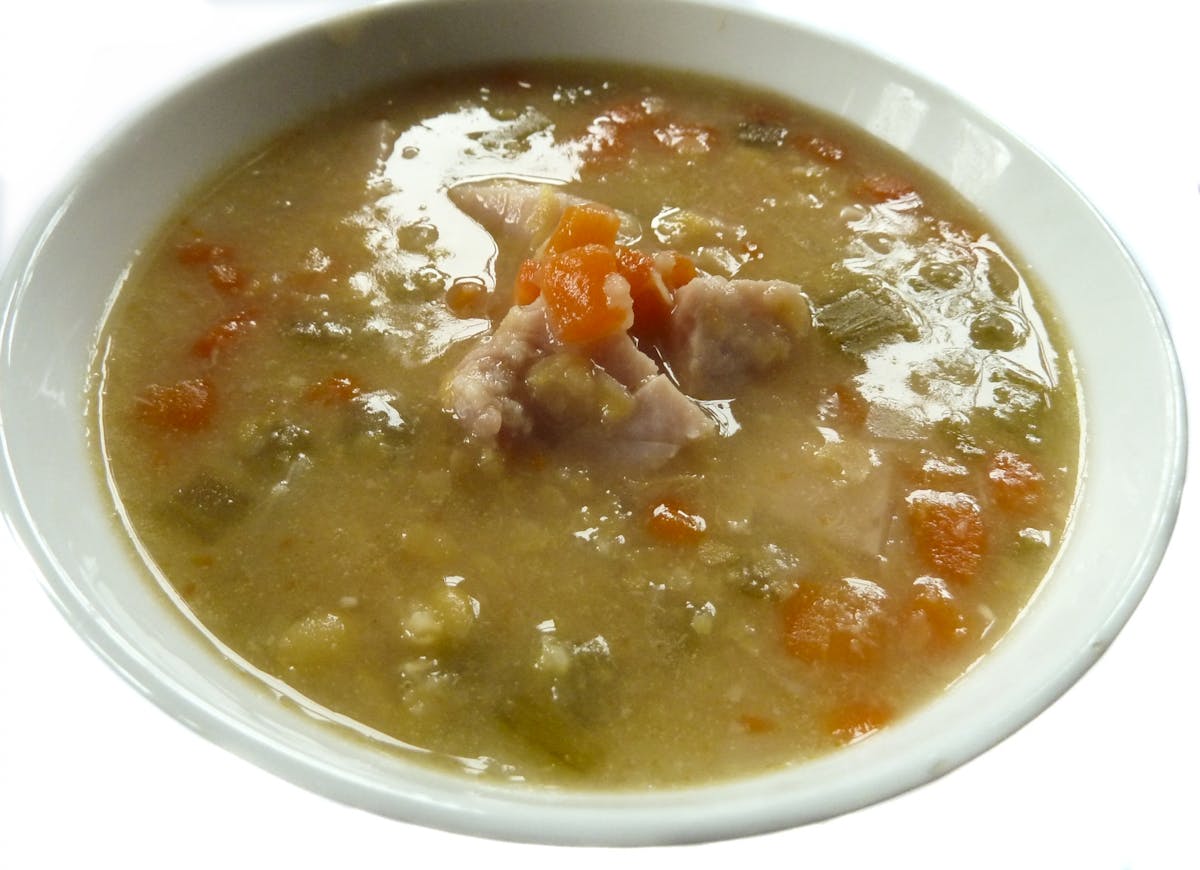I'm practical and hungry, a duo that makes leftovers the best part of any holiday meal. That's as true for the Easter ham as with any other platter of protein at a family gathering.
But before the leftovers, of course, comes the ham in all its glory, tender slices gleaming as it's served on what we hope will be a warm, sunny day.
For years, my single oven was stuffed with the foods of the holiday as I tried to make all the dishes of dinner finish at the same time, sometimes "borrowing" the oven of a neighbor who was out of town to allow for more space.
Then I discovered a mighty secret that has changed my ham prep forever: I cook it in the slow cooker, which frees up the oven for the egg dishes, roasted asparagus or whatever else grabs my fancy as cook.
It's an embarrassingly easy way to cook the main course for a family gathering. First I sprinkle brown sugar in the bottom of a 5-quart slow cooker. Then I add a half ham, up to 10 pounds in size, which sometimes requires a bit of cutting to fit it comfortably into the appliance — no squeezing allowed (food in there needs space). More brown sugar lands on top of the ham before the slow cooker is covered and switched to "on." Three hours later — or six to eight, depending on the temperature — and the meal is ready while the oven is free for other foods.
Better late than never, but I could have used that discovery decades ago.
Now let's move on to the close of the meal, when the ham bone is lying on the cutting board, a bit bereft and ravaged. (You do buy ham with the bone-in, right? Because that's where all the flavor comes from, as any butcher will tell you.)
No need to wait until your company has left before you start making the stock. I never do. The process is as natural and efficient for me as putting away leftovers.
With a few quick moves, I cut off any significant chunks of ham and refrigerate them to use later to finish the soup. Then I heft that ham bone into my biggest stock pot, fill it with water and bring it to a simmer.
If you can excuse yourself gracefully from your company, you can add the rest of the ingredients that will make up the stock — carrots and celery cut in chunks, with some celery leaves to throw in (really, for this soup, try to buy celery with leaves as it adds so much flavor to the soup), an onion that's been quartered, a few peppercorns and a couple of bay leaves. You can do all this in less than 10 minutes. But if you can't leave your guests alone, add the vegetables as soon as they leave.
Let the soup simmer for up to two hours — long enough to squeeze every bit of flavor out of the ingredients, but not so much that you simmer away the liquid (add more water if the level drops too low).
And that's it for making stock. Almost as easy — and painless — as cooking the ham itself.
Next step is to defat the stock. I do this by refrigerating the hot stock until it has cooled and the fat has risen to the top and solidified. Letting it cool overnight works best for me, but you can do this however you see fit.
We'll reach for the vegetables again when we need to finish the soup — for me that's the next day. I turn to the medley of vegetables called mirepoix — carrots, celery and onion — which will be diced and sautéed in a little olive oil before being added to the stock to cook further. Split peas will be tossed in at this point, either the green or yellow variety (my preference is for yellow, which is a bit milder in flavor). Simmer them in the stock for half an hour, or until the peas are tender. At that point, the leftover ham, cut into bite-size chunks, is added and heated through. Purée the soup or not, as you wish.
And another meal is ready, whether or not there's a crowd at the table.
That's my kind of cooking.
Follow Lee Svitak Dean on Twitter: @StribTaste
Participant, studio behind 'Spotlight,' 'An Inconvenient Truth,' shutters after 20 years
ABBA, Blondie, and the Notorious B.I.G. enter the National Recording Registry
Dr. Martens shares plunge to record low after weak US revenue outlook

